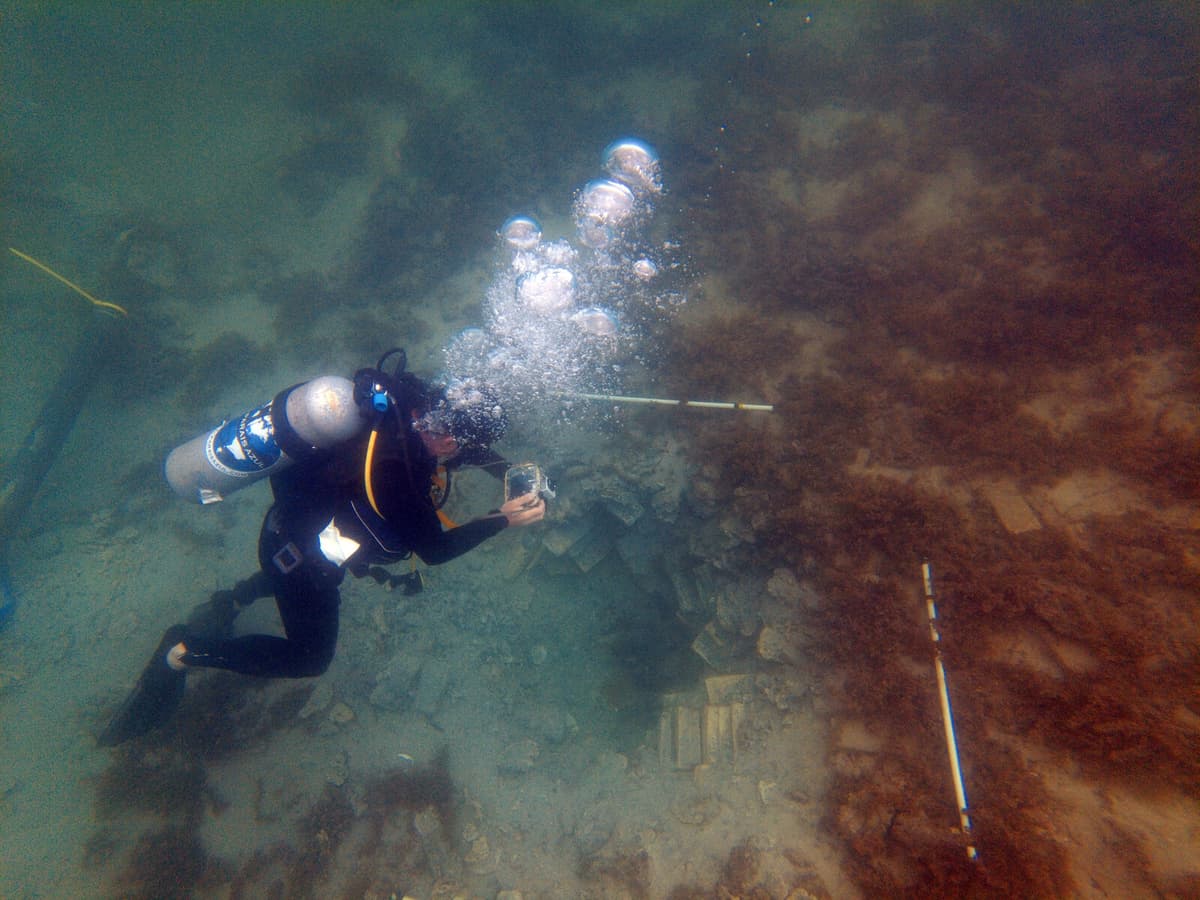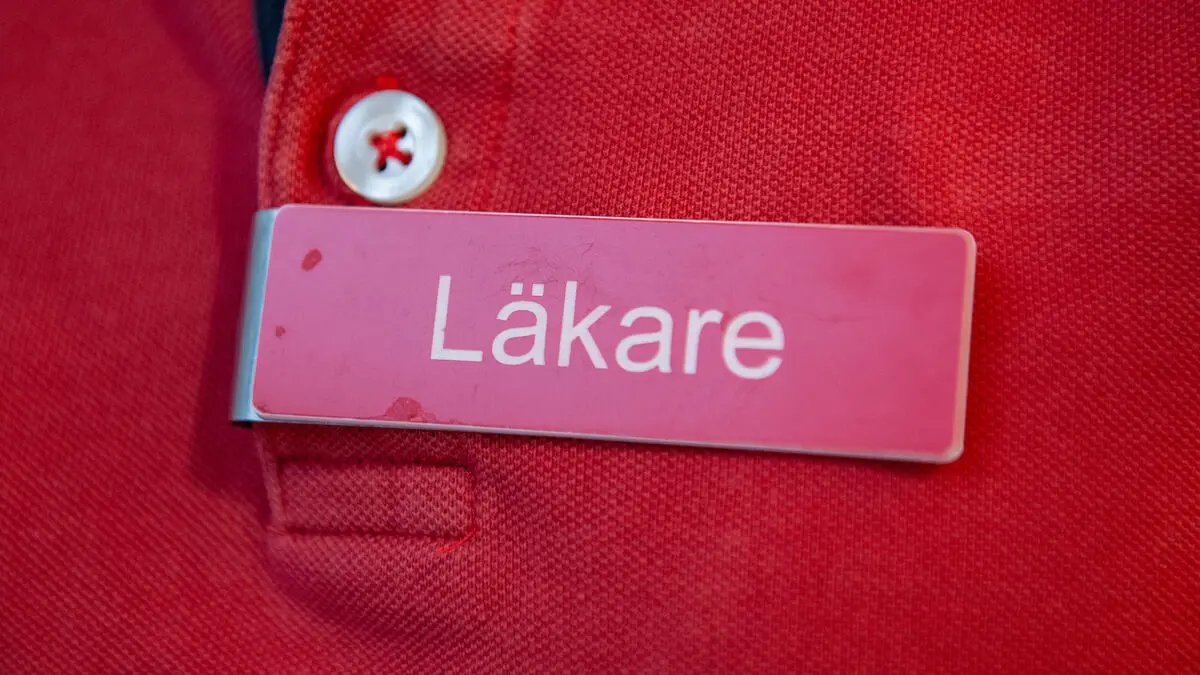The ships have been missing since 1710. But after several years of investigation, it has been possible to establish this year that two wrecks lying on the seabed off Costa Rica are the Danish ships Fredericus Quartus and Christianus Quintus, according to the National Museum of Denmark.
The ships, from the 18th century, sailed with 840 enslaved people on board. The wrecks have been known since the 1970s, but it is only this year that it has been possible to establish their origin.
"Have been lucky"
Through various investigations, researchers have been able to date the ships, among other things, via tree species and clay pipes.
We have been lucky to find timber, then you can count the rings in the tree to see when it was felled, says Andreas Kallmeyer Bloch, museum curator and maritime archaeologist at the National Museum.
The timber turns out to have been felled around 1690, and the clay pipes found are typical of the beginning of the 18th century. The finds match well with the ships' demise, which, according to historical sources, occurred in 1710. The reason is believed to be mutiny within the crew when food and water ran out on board.
Sweden's attempt at slave trade
The 840 slaves had been fetched during a several months long journey to West Africa. There, the Danes had fortifications during this era that had previously been taken over from, among other things, Sweden's short-lived attempt to engage in the slave trade, in the form of the fort Carolusborg in present-day Ghana.
In addition to the timber and clay pipes, bricks were also crucial in identifying the ships. Already several years ago, American marine archaeologists discovered that bricks of the Flensburg type, from the town of the same name on the Danish-German border, lay scattered around the wrecks.
But what will happen to the ships is not up to Denmark, says Kallmeyer Bloch.
We let the ships lie. It's up to the Costa Ricans if they should be excavated or if something else should happen to the wrecks.
From 1672 to 1917, Denmark had a colony in the Caribbean consisting of the islands of St. Thomas, St. Jan, and St. Croix. The colony was called Danish West Indies.
The purpose was to produce goods such as sugar, cotton, and coffee. Raw materials that could not be grown in the Danish climate.
Even before the islands were colonized, Denmark also had several fortifications along the west coast of Africa, which were for trade. The trade included enslaved people, who were used as labor in the colony.
Today, it is estimated that around 120,000 enslaved Africans were transported to the Caribbean on Danish ships. Many of them did not survive the journey – and for those who did, hard work on the fields awaited.
Slave labor existed on the Danish colony until 1848.
In 1917, the colony was sold to the USA.
Source: National Museum of Denmark.






